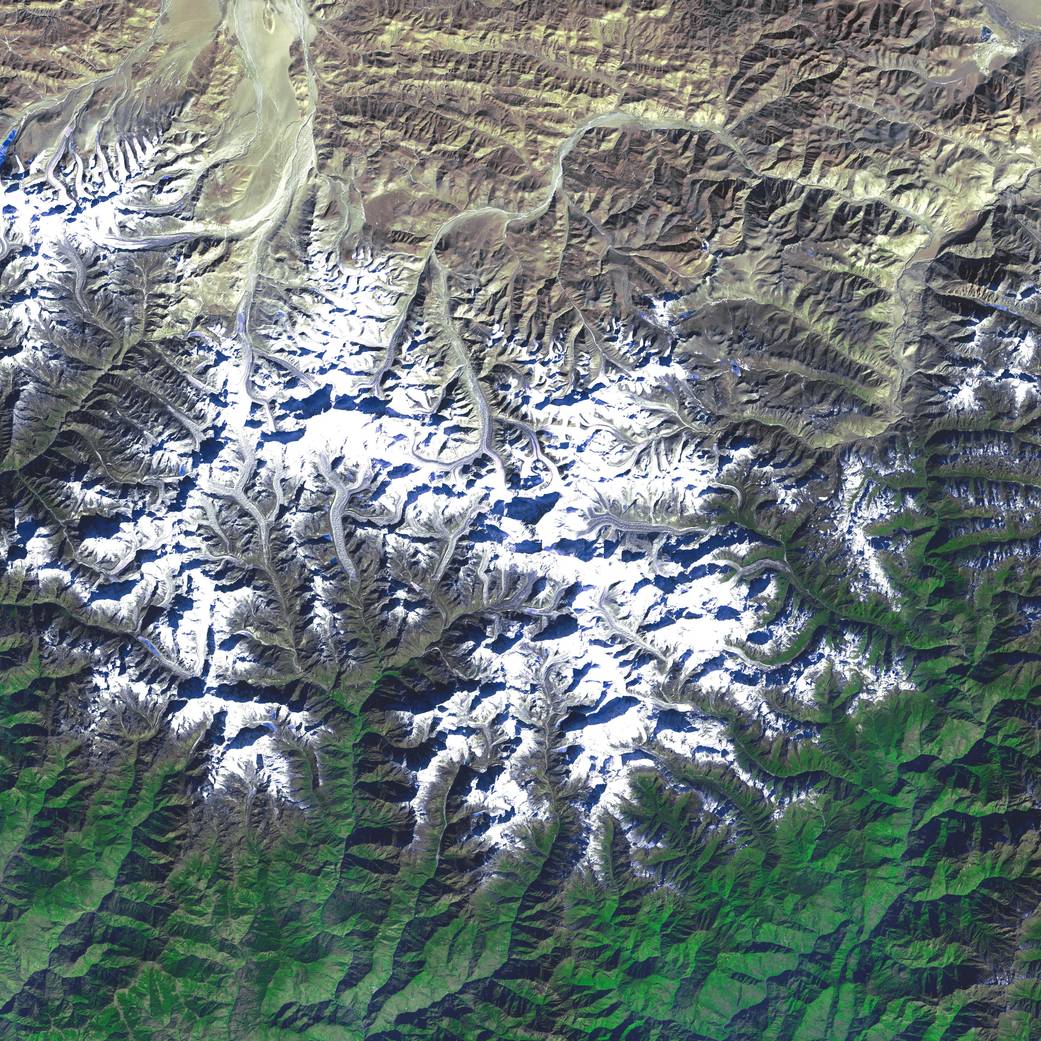
On May 29, 1953, Edmund Hillary, from New Zealand, and Tenzing Norgay, from Nepal, became the first humans to successfully climb to the peak of Mt. Everest, the tallest mountain in the world. They were part of a British expedition lead by Colonel John Hunt sent specifically to reach what was regarded at the time as the ‘third pole.’ In decades prior, major British expeditions had attempted to be the first to reach the North and South Poles only to come in second place behind the Americans (Robert Peary’s expedition to the North Pole) and the Norwegians (Roald Amundsen’s expedition to the South Pole). The British made seven attempts to scale Mt. Everest in the previous decades, usually on the North Face from Tibet. But following the Chinese Revolution in 1949, this route to the mountain was closed and so Mt. Everest expeditions had to explore new routes to reach the peak.
The 1953 British Expedition climbed up onto the South Col and then along the Southeast Ridge by a route, which is now the most heavily used by the thousands of climbers who have attempted to climb the mountain since. At the time, there were some doubts whether this approach was possible. At 29,035 feet (8,848 m) in altitude, the air is only one-third as thick as the air at sea level. Members of the expedition, as they did in previous attempts, carried bottled oxygen, but this made for a very heavy load on the climbers and could only supplement their oxygen needs, not fully meet them.
Since 1953, many successful expeditions have climbed Mt. Everest, including the first American expedition in 1963. However, most climbers fail to make the peak, and many people die each year in the attempt. As of 2003 when this Landsat 7 image was taken, more than 5,000 people have attempted to repeat their feat with only 1,600 successes and 175 fatalities.Image Credit: NASA
























